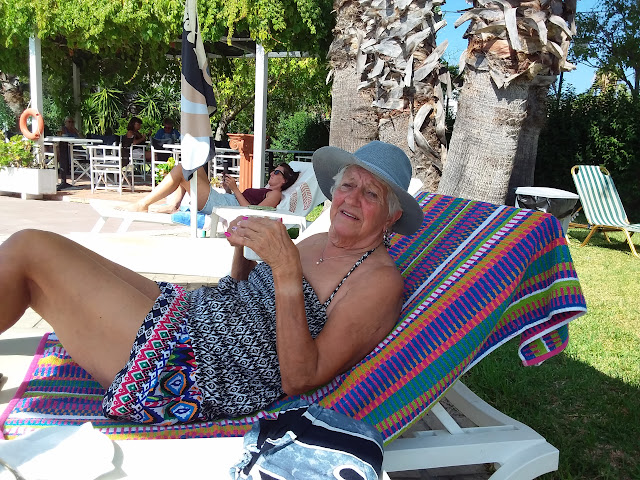In March this year the well known and trusted consumer magazine Which? published an article entitled "The best and worst Greek Islands. The information was gathered from their readership and concluded that the best was Kefalonia.
The reasons that they gave were as follows;
" With its mountainous landscape, Kefalonia’s rugged beauty landed it five stars for scenery from Which? readers. As the largest of the Ionian islands, there is plenty of space too – making it the only one in our survey to clinch the full five stars for peace and quiet. One reader neatly summed it up by saying: ‘It’s very easy to find somewhere quiet and away from it all. The roads are not for the faint-hearted, but you can drive slowly and take in the amazing scenery.’
The villages of Mousata, Trapezaki, Afrato and Lourdata – all perched above scenic sandy beaches – are the best bases for exploring. Venture inland for citrus groves, vineyards (producing Kefalonia’s very quaffable white robola wine) and forests of cypress.
A drive or hike up fir-studded 1,628-metre Mount Ainos will reward you with sweeping views over the Ionian Sea. Or explore the island’s spectacular cliffy coastline and secluded coves with a sea kayak expedition. Pearly white Fteri – framed by green hills – is arguably Kefalonia’s most beautiful beach."
I actually only read this sometime after I had booked a 10 day package to Kefalonia with Jet2holidays who were offering a self catering villa with swimming pool for just over £400 a head. This included flights, transfers and a backbreaking 30kg of luggage. Doing everything myself, I couldn't get anywhere near that price. A bonus is that Jet2 also came out as top holiday provider with the wonderful Which?. So can I introduce the island to you, if you don't know it already?
Kefalonia is the largest of the Ionian islands and the 6th largest Greek Island. The resident population was 38000 in 2011 but in 1896 it was 70000. The sharp decline in numbers was due entirely to the disastrous earthquake that occurred in 1953. The buildings in all but the extreme north of the island were destroyed. It was, in fact a series of 4 quakes with the epicentre just south of the island. Kefalonia was raised by 24 inches and remains so today. The majority of the population left the island, the diaspora spreading around the globe. Volcanic activity is a constant risk today.
Since the Middle Ages, Kefalonia has been controlled by a series of foreign powers. The Venetians ruled the roost for centuries and there is still plenty of evidence of this today. Napoleon, like us, couldn't resist it, so it came under French control. Napoleon's loss at Waterloo also resulted in the British gaining the island. All the Ionian islands joined the Greek state in 1864. Skipping to World War2 and Kefalonia suffered another tragedy in its history, but more of that later.
Let's return to 2023 and our holiday.
It is a rather moreish environment.
.jpg)



Have a great holiday
ReplyDeleteThanks, we will
ReplyDeleteI had the pleasure to spend some time with you both and came away with wonderful memories I will keep forever. Nigel, you are an amazing driver. ❤
ReplyDelete